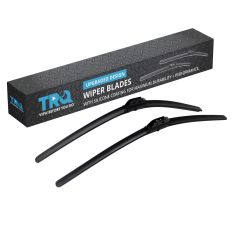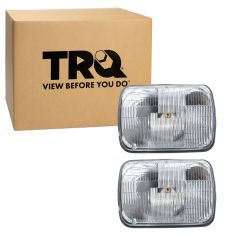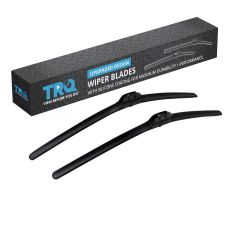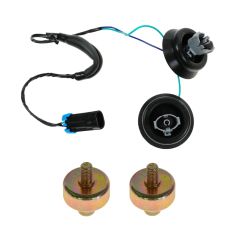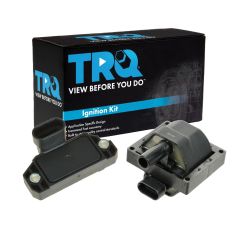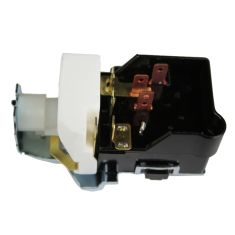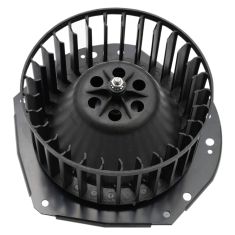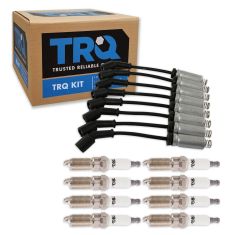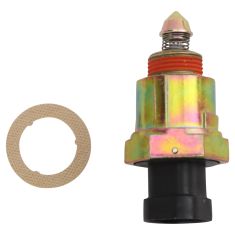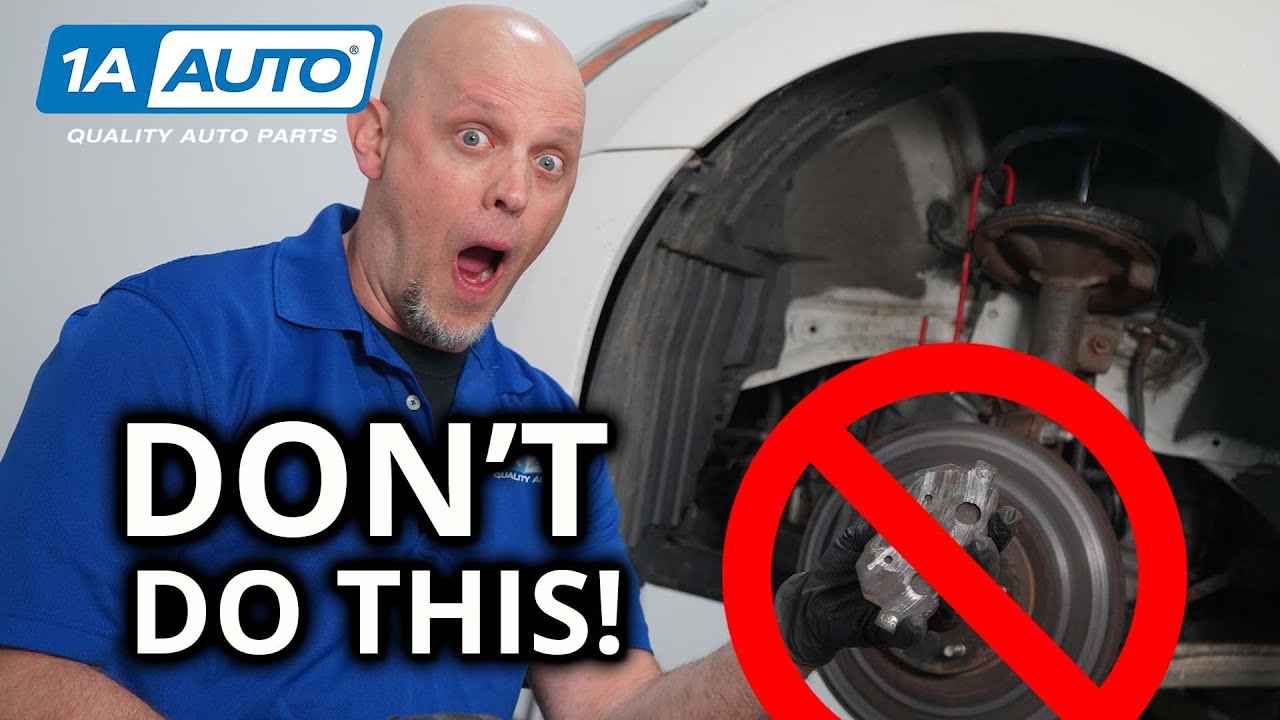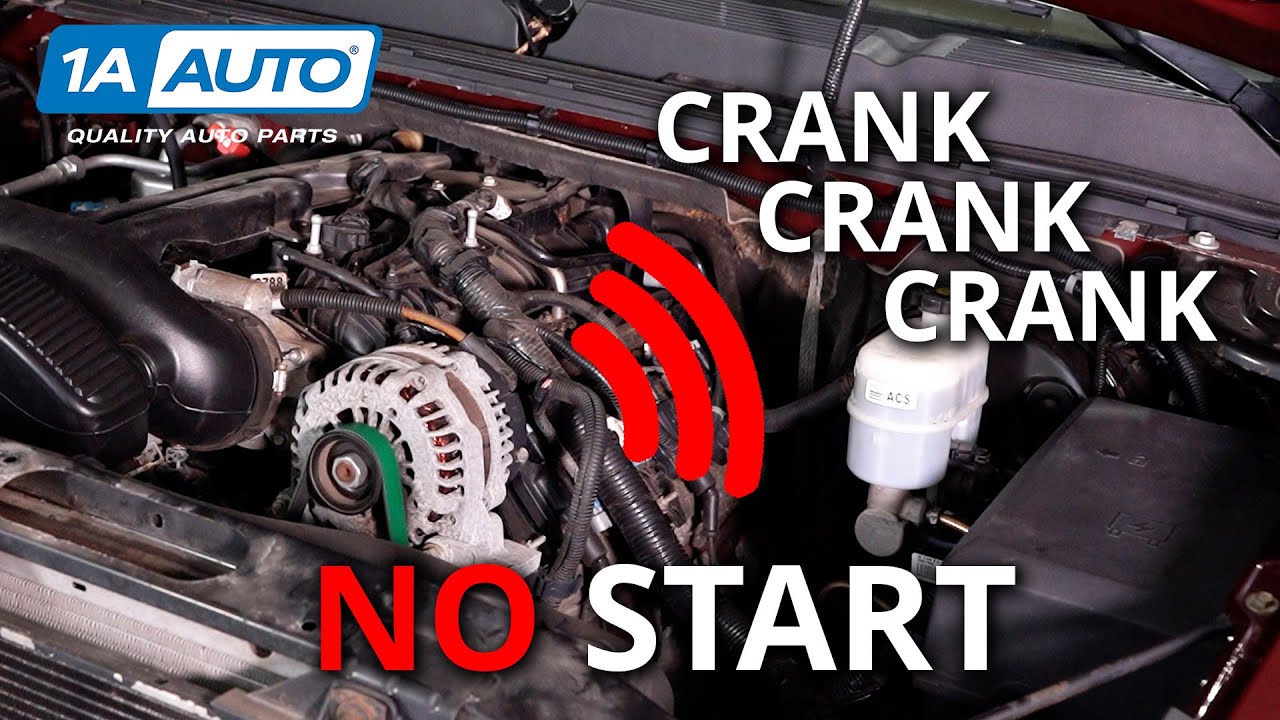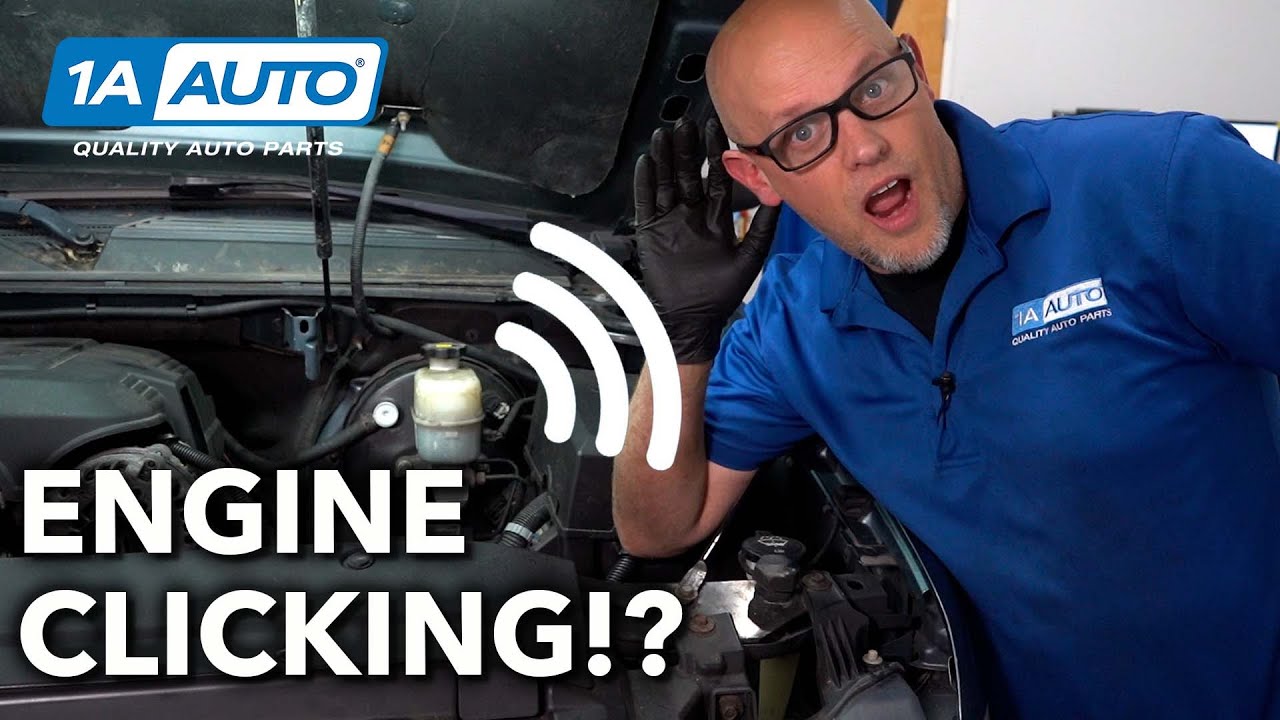Chevrolet Corvette
-
Notify When Available
Replaces Front Driver & Passenger Side 2 Piece 22in Wiper Blade Set TRQ WPB54571
Brand: TRQ- WPB54571$34.95Save 31%List $50.95 Save $16.00Brand: TRQ - WPB54571$34.95Save 31%List $50.95 Save $16.00 -
Notify When Available$49.95Save 26%List $67.95 Save $18.00
Replaces 2 Piece Headlight Set TRQ HLA93557
Brand: TRQ - HLA93557$49.95Save 26%List $67.95 Save $18.00 -
Notify When Available
Replaces Front Driver & Passenger Side 2 Piece 20in Wiper Blade Set TRQ WPB54566
Brand: TRQ- WPB54566$34.95Save 30%List $49.95 Save $15.00Brand: TRQ - WPB54566$34.95Save 30%List $49.95 Save $15.00 -
Notify When Available$59.95Save 16%List $70.95 Save $11.00Brand: TRQ - ESA12267$59.95Save 16%List $70.95 Save $11.00
-
Notify When Available$60.95Save 15%List $71.95 Save $11.00
Replaces 2 Piece Ignition Kit TRQ ICA60042
Brand: TRQ - ICA60042$60.95Save 15%List $71.95 Save $11.00 -
Notify When Available$29.95Save 14%List $34.95 Save $5.00
-
Notify When Available$49.95Save 6%List $52.95 Save $3.00Brand: TRQ - ECA90659$49.95Save 6%List $52.95 Save $3.00
-
Notify When Available$84.95Save 27%List $115.95 Save $31.00Brand: TRQ - HMA80108$84.95Save 27%List $115.95 Save $31.00
-
Notify When Available$94.95Save 25%List $126.95 Save $32.00Brand: TRQ - TKA01334$94.95Save 25%List $126.95 Save $32.00
-
Notify When Available$28.95Save 17%List $34.95 Save $6.00
Replaces Idle Air Control Valve TRQ AIA93057
Brand: TRQ - AIA93057$28.95Save 17%List $34.95 Save $6.00
Chevy Corvette
The Chevrolet Corvette, known to some fans as simply the ‘Vette, has become one of the most iconic American sports cars, if not the single most iconic. This development may have come as some surprise to original designer Harley Earl. He modeled the car after European roadsters, and saw it more as a niche product. Then he watched his design fail to find its audience. It seemed the Corvette would be nothing more than an interesting experiment, but then, along came a Russian engineer to turn the Corvette into an unqualified sports car success.
A Roadster for America
As American soldiers returned from Europe, following World War II, many of them brought back a love of small, nimble European two-seaters. Some even brought back the cars themselves—Jaguars, Triumphs, and Austin-Healeys—so the American market was itching for a roadster of its own.
Nash was actually the first company to try to cash in on the trend, teaming up with Austin-Healey to build the Nash-Healey. The Nash-Healey was attractive, with design work by Pinin Farina, but it was expensive and didn’t sell well. Meanwhile, in 1951, while showing off the Le Sabre concept car, Harley Earl was inspired by the Jaguar XK120. He wanted to design a two-seater, and believed GM could produce one more affordable than the Nash-Healey.
In January of 1953, the Corvette was shown off as a display model at a publicity event called the GM Motorama. Interest in the car was so great, that it went into production in June. This first generation of Corvettes is sometimes known as the C1. Only 300 were built in 1953. They all featured an inline six-cylinder engine pushing 150 horsepower, a two-speed Powerglide transmission, and a solid rear axle. The body was made of fiberglass to save weight, leading some to call the Corvette “the Plastic Fantastic.” Some have claimed that Chevrolet used fiberglass because of steel shortages following the war, but that explanation can’t account for the tens of thousands of steel bodied cars Chevy was building at the time. The Corvette was certainly light and attractive, but its low power kept it from truly claiming the sports car mantle.
Enter Zora
Zora Arkus-Duntov, a Belgian-born Russian engineer, saw the Corvette’s unveiling at the 1953 Motorama. He was impressed by the car’s sleek look, but disappointed by the six-cylinder engine and automatic transmission. Seeing the potential in the car, Duntov applied to be a GM engineer. He certainly had the qualifications to work on a performance car: He was both an engineer and a racing driver; He had designed a performance cylinder head for Ford’s flathead V8; He had driven the Indianapolis 500; He went on to drive for Porsche at Le Mans twice, taking 14th overall in 1954 and 13th overall in 1955.
Once hired, Duntov began to make tweaks to the Corvette. In 1955 a V8 engine and a three speed manual became available on the Corvette. Still, sales were slow, and only about 700 Corvettes were built that year. To make matters worse, Ford introduced its own two-seater, the Thunderbird. Ford had learned from Chevy’s mistakes and brought out the Thunderbird with a V8 standard. Chevrolet was ready to throw in the towel but Duntov wasn’t.
He wrote an internal memo to encourage Chevy to keep on with the Corvette. He claimed that if Ford succeeded with the Thunderbird, they would claim that “Ford out-engineered, outsold, or ran Chevrolet’s pride and joy off the market.” He encouraged Chevy to focus on improving the Corvette’s performance to make a “sports car with as much practical value as the sports care can have.” He also thought the Corvette should have its own division within GM. That didn’t come to pass, but Duntov was named chief Corvette engineer. He was also tasked with designing a fuel-injection system for the Corvette’s V8.
The first fuel injected Corvettes became available in 1957. The 283 cubic inch V8 produced 290 horsepower. Chevrolet actually advertised the car as having only 283 horsepower to draw attention to the one horsepower per cubic inch milestone. In 1962, the engine was beefed up to 327ci.
In the ‘60s there were few more striking icons of American pride than the astronaut. Luckily for Chevy, Alan Shepard, one of the most publicly visible astronauts, happened to be a big Corvette fan. He had owned a ’53 and a ’57. Duntov started inviting Shepard to test drive pre-production models. In 1961, Shepard became the first American to travel to space. Shortly after he returned, Duntov convinced GM to give Shepard a 1962 Corvette. That started a close association between NASA astronauts and the Corvette. Jim Rathman, a Chevrolet dealer (and the 1960 Indy 500 winner), sold Corvettes to other astronauts, including Gus Grissom and Gordon Cooper, at a steep discount. Cooper and Shepard used to race their Corvettes on the back roads of Florida.
Sharks and Sting Rays
Duntov also wanted to take the Corvette racing, but GM was generally opposed to racing at the time. That didn’t mean there wasn’t some performance-oriented development going on under management’s nose, though. In 1959, GM’s chief stylist Bill Mitchell led the design of a new prototype. He called it the Stingray and passed it off to the bosses as a study in handling. In 1960, Dick Thompson drove the Stingray to a Sports Car Club of America National Championship.
Meanwhile, Duntov was testing the Chevrolet Engineering Research Vehicle or CERV I, a single-seat racing car, used to test independent rear suspension. The CERV used a 283ci V8. The engine was mounted between the driver and the rear axle as it was on the 550s Duntov had raced for Porsche and on Indy Cars of the time. Duntov had hoped to race the CERV at Indy, but was denied by GM. Instead he drove it at the Pikes Peak Hill Climb and on demonstration laps at the US Grand Prix at Watkins Glenn. Duntov long pushed for a mid-engined Corvette, but was never able to convince Chevy to take the leap.
In 1961, stylist Larry Shinoda designed the Mako Shark concept car. Many of the elements of the Mako Shark, including its aggressive hood shape, pop up headlights, and side exhaust pipes made it to the second generation Corvette. The Mako Shark itself took some of its inspiration from Bill Mitchell’s Stingray. When the next generation of the Corvette, the C2, arrived, it was called the Corvette Sting Ray.
The 1963 Sting Ray featured the 327 engine and independent rear suspension based on the system used in the CERV. Although a convertible was still available, for the first time, the Corvette was available as a coupe. Duntov, always performance minded, did not like the 1963 coupe’s split rear windshield, because it hindered rear visibility. Still, many Corvette aficionados find the design visually striking.
Although GM wasn’t officially racing, Duntov found ways to get Corvettes into the hands of racing drivers. He convinced Chevrolet to introduce the Z06 option package, which included brake boosters, improved brake venting, and stiffer shocks. He also designed the Corvette Grand Sport, a specialty lightweight version to be sold to private racers like Roger Penske, A.J. Foyt, and Jim Hall. The Grand Sport was supposed to compete with The Shelby Cobra (built in cooperation with Ford), but the Grand Sport was only raced briefly, before GM put an end to the project. Caroll Shelby later said Duntov “accomplished only 25 percent of what he was capable of,” and noted that the Grand Sport could have been a serious competitor to the Cobra.
Chevy also entered the Corvette in a NASCAR-affiliated event in Daytona, testing a big block 427 engine. A slightly smaller 396ci big block became available on production Corvettes in 1965, as did four wheel disc brakes. The big block lead to a hiatus for fuel injection on Corvettes. The big block offered more power at a lower price than the fuel injected engine, and so, naturally, more big blocks were sold. That led to Chevrolet discontinuing the fuel injection option. In 1966 the big block was beefed up to 427 ci.
Around that time, Larry Shinoda and Bill Mitchell had another design project in the works, the Mako Shark II. It featured a coke bottle shape, prominent wheel arches, and a drastically sloping hood. The new design became the basis for the third generation Corvette. The C3 was released in 1968. The body and interior were all new, but the chassis was carried over from the second generation. The new car was big, brash, and bold. From its origins as an imitation European roadster, the Corvette had grown into something distinctly American. In a 1968 review, Car and Driver said “It's American and no other description begins to capture it. It's big and why not? America has always demanded big cars — we've got plenty of space.” The Sting Ray name disappeared from the car’s body for 1968, but returned in 1969 as one word, Stingray.
In 1970, the big block engine got even bigger, growing to 454ci. That year also saw the introduction of another performance package, the ZR1, featuring upgraded brakes and suspension and a lighter radiator to save weight. Some fans claim that ZR stands for “Zora Racer,” but, in truth, the option code was assigned randomly.
Unfortunately performance began to drop off around this time. The engines had to be redesigned to run on unleaded fuel in 1971. In 1975, a catalytic converter was added, further choking the engine. The base 350ci engine only put out 165 horsepower, and the performance version reached 205 horsepower. The big block had been phased out in 1974. Still, a 1975 base Corvette was able to hit 60 in 7.7 seconds—not bad for the malaise era.
1975 was the final year for the convertible until 1986. Duntov also left the company that same year, although the Corvette always remained close to his heart. When Car and Driver criticized a new rear suspension design introduced in 1979 as “ill-conceived,” Duntov, who had nothing to do with the design, and wasn’t mentioned in the article, sued for defamation. Not that Duntov stood by every Corvette design decision. In 1992, when Chevy showed off the Stingray III concept car, Duntov refused to sit in it or be photographed with it, because he considered it mechanically lacking. Duntov requested that upon death he be cremated and his ashes housed in the Corvette Museum at Bowling Green, Kentucky. You can visit them there today.
Despite the loss of power, Duntov, and the convertible, the Corvette had its best sales year ever in 1976. Even if it didn’t measure up to its former glory, the Corvette still stood out from other cars of its time. In 1978, a Corvette served as the pace car for the Indy 500. Jim Rathmann was the driver.
The Rebuilding Years
Dave McLellan became the new Corvette Chief, following Duntov. Duntov kept contact with McLellan, and kept encouraging him to pursue a mid-engine corvette. MacLellan liked the idea, but knew it was too radical for GM. In 1981, Mclellan moved Corvette production from St Louis to Bowling Green.
In a strange turn of events, there was no 1983 Corvette. California changed its emissions regulations around the time the C4 was set to debut. Chevrolet wasn’t ready to meet those regulations, so it set back the new model’s release date to the following year. The Bowling Green plant had actually built 43 1983 Corvettes, but Chevy ordered that they all be scrapped. One clever line worker managed to save one 1983 Corvette and keep it in hiding. Eventually, it found its way back to Bowling Green and is now on display in the Corvette Museum.
When it was finally released, the 1984 Corvette featured a new, smaller frame, a new body—although one that still bore a resemblance to the C3—and aluminum control arms. The Stingray name was dropped again. The base engine made 205 horsepower from 350ci of displacement. The next year, fuel injection returned to the Corvette, bumping power up to 230.
In 1986 the convertible body returned—with a bit of a catch. The convertible was used as the Indy 500 pace car that year (piloted by Chuck Yeager), and all the convertibles sold that year were pace car replicas. The Corvette returned as the Indy pace car in 1995, ’98, 2002, 2004 – 2008, 2012, 2013, and 2015.
Things were starting to look up for the Corvette. In 1990, a new ZR-1 package arrived. It had an aluminum V8 with an output of 375 horsepower, and improved brakes and steering, all designed with help from Lotus. In 1991, Car and Driver compared the ZR-1 to the Porsche 911 Turbo, and preferred the Corvette, saying “The ZR-1 triumphed over the 911 Turbo for one simple reason: it goes fast better.” The ZR-1 also succeeded at cruising, though. It featured electronically controlled shocks, “which offer[ed] three damping programs, ranging from plush to racer-stiff.”
In 1992, a newly improved V8 arrived for the base model with 300 hp. By 1996, power had gone up to 330. The Corvette was finally starting to live up to its heritage again.
In 1995, Dave Hill replaced McLellan as chief engineer. He set out work for the fifth generation Corvette. Although the engine remained in the front, the transmission now moved to the rear to create a better weight balance. The C5 arrived as a coupe in 1997. The convertible arrived in 1998. A Z06 performance package arrived in 2001.
That same year, the Corvette finally went racing again. GM entered into a deal with Pratt &Miller racing. The team took first overall at the 24 Hours of Daytona that year, and first and second in class at Le Mans. They won first in class at Le Mans again in 2002 and 2004.
The C6 arrived in 2005. It has a new 6-liter engine that produced 400 horsepower. In 2008, the engine grew to 6.2-liters and 430 horsepower. The sixth generation was also the first Corvette since 1962 to use exposed, rather than pop-up, headlights. In 2006, a Z06 package appears with a 7 L, 505 hp engine and a lightweight aluminum chassis. In 2009, the ZR1 arrives, with a supercharged 7L that put out 650 hp. The body also incorporated carbon fiber panels to save weight. Both the Z06 and the ZR1 could top 200 miles per hour.
Today and Tomorrow
Planning for the C7 had begun in 2007. Chevrolet was finally taking Duntov’s idea of a mid-engine Corvette seriously, but then the enormous financial collapse of 2008 occurred. Auto companies were hit especially hard, and such a daring design seemed too risky for the time. The seventh generation, when it was finally released in 2013, kept the front engine, rear transaxle layout of its predecessors. Still, the new Corvette features some impressive technologies. The 6.2-liter engine makes 450 hp in stock form. The body is made of lightweight aluminum, and Aerogel insulation developed by NASA absorbs friction heat from the running gear. As forward-looking as the new Corvette was, it turned backwards for its name, adding Stingray, once again.
Automobile Magazine named the new Corvette Stingray “Automobile of the Year 2014,” and Road & Track awarded it “Performance Car of the Year.”
A supercharged Z06 version arrived in 2015, along with, for the first time ever, a Z06 convertible.
At the time of this writing, some car magazines are disseminating rumors that Chevy is developing a mid-engine sports car as the eight generation Corvette, claiming that the new car may be called the Corvette Zora, in honor of the engineer who always sought to push Corvette performance as far as it could go. For now, these remain just rumors.
Need Corvette Parts?
1A Auto Parts durable new aftermarket Chevrolet Corvette replacement parts last on average at 2-3 times longer than used OEM Chevrolet parts. Compare 1A Auto Parts new aftermarket Chevrolet Corvette replacement parts to a OEM Chevy dealer and save 30-50%. 1A Auto Parts has shipped over 1,000,000 aftermarket parts and we ship thousands more packages every week. 1A Auto Parts employees are passionate about cars and we use the parts we sell. The cars on our main page belong to our employees; check out Rob's '75 Chevrolet Corvette coupe. Our knowledgeable customer service representatives have over 150 combined years of experience. We answer calls quickly, 99.9% within one minute, and emails are responded to within the hour. 1A Auto Parts protects your information with HackerSafe® a leading internet security authority. Buy 1A Auto Parts top notch aftermarket Chevrolet Corvette parts a today, you'll be glad you did.
1A Auto parts scored 95% for Chevrolet Corvette parts in the BizRate customer survey; scoring higher in Availability, On-time Delivery, Tracking, Product Quality & Customer Support, than our nearest competitor. The legendary Chevrolet Corvette has left a legacy of high sports performance for an affordable price. Since the advent of the internet, 1A Auto Parts was the first of our competitors to sell auto parts online. All our aftermarket Chevrolet Corvette parts are available within 3 clicks of your mouse. The Chevrolet Corvette is known for speed and so are we. 98% of in stock Corvette parts ship in one business day. Don't take your chances somewhere else; get the 1A Advantage, buy your new Chevrolet Corvette aftermarket parts from 1A Auto Parts.
